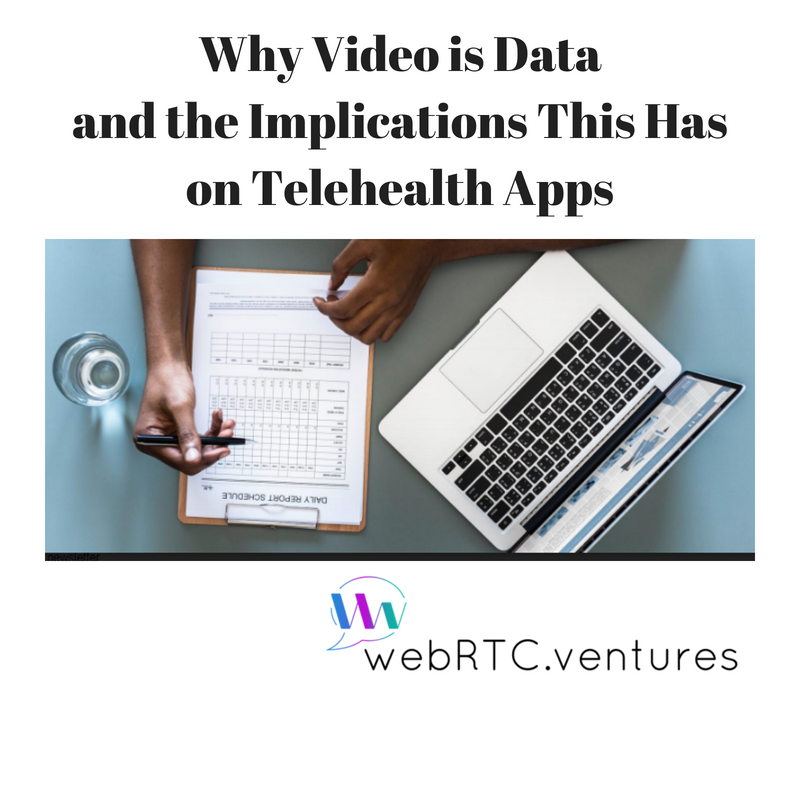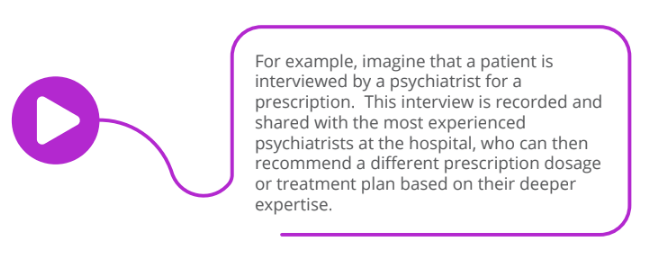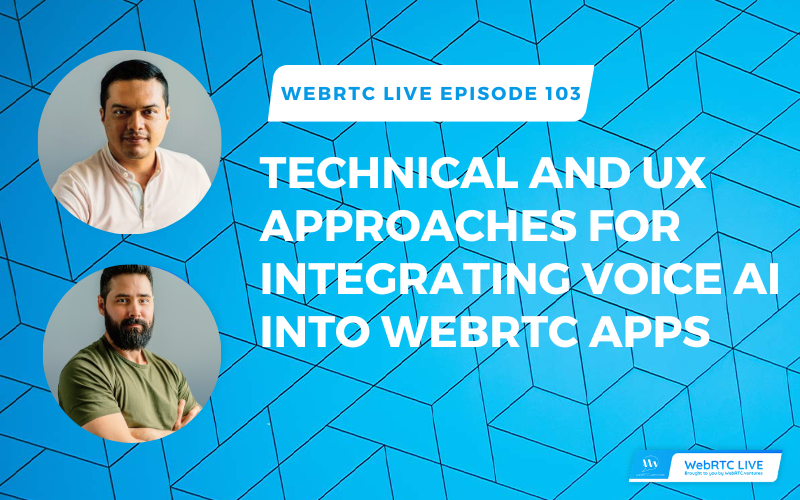I’ve spent some time traveling to various healthcare conferences the last couple of months, exploring and learning more about telehealth. At the American Telemedicine Association conference in Chicago in April, one phrase caught my ear: “Video is Data.”
I don’t recall who I heard say it first, but the phrase and its meaning were repeated in several sessions I attended. I’d like to explore with you the implications of this statement on telehealth applications.
The most typical use of video in telehealth is for a medical professional and their patient to talk to each other using their webcams or phone cameras. The video is live and two-way. Variants on this might be medical professionals collaborating with each other remotely, maybe using screen sharing also to review X-rays or medical data together. You can also easily imagine use cases where group video chat or broadcasting are used in telehealth, but ultimately, it’s still a temporal use of live video to communicate remotely.
But video, and WebRTC technologies, can be used in many more ways than just video chat.
At the ATA conference, I heard multiple people emphasizing other ways we can use video in telehealth, and that we should start treating it like any other type of data.
Recording use cases
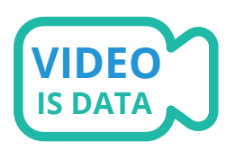
Recording a medical conversation could be advantageous to either party in the case of a medical liability lawsuit. Assuming the medical organization trusts their medical professionals, then why not have a permanent record which shows they did give the patient the correct advice? The lawyers now have proof that the patient ignored that good advice.
Beyond liability concerns, a more exciting way to imagine using medical video recordings is as evidence of patient progress. Just like “before” and “after” photos on a weight loss clinic advertisement, you can see a lot about the health of a patient just by looking at them. It would be great to show a patient what they looked like, how they sounded, etc., the first time they visited you. Then use a more recent video recording to compare that to their new healthier self after the medical treatment and the patient can see how much they’ve improved.
Captioning and translation
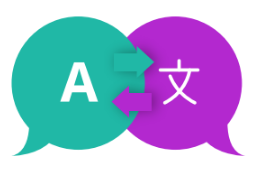
Analysis of recorded or live data
There are an increasing number of artificial intelligence services that can look at a video and do things like sentiment analysis, i.e., how is the patient feeling? This could be done with recorded video after the fact, or even during a live conversation perhaps. Call centers already do this with recorded phone calls to measure customer satisfaction, why not do the same for a healthcare conversation?
Asynchronous video
Live video conversations may be the most common use of WebRTC in telehealth, but I saw a lot of discussion at the ATA conference about asynchronous video use cases.
This use case is like how Radiology is done at hospitals – before the doctor enters the patient’s examination room to discuss an X-ray, it’s probably already been reviewed by an expert in a back room of the hospital who spends all day reviewing X-rays of patients with the primary care physicians.
Implications of video on patient privacy and HIPAA regulations

You need to consider the specific healthcare laws in your jurisdiction and area of practice. You may need to keep the recordings for a set number of years for example.
Definitely careful attention needs to be how and where these recordings are stored in the cloud, so that you can confirm who has accessed them and that only the right people are able to access them.
Video is data
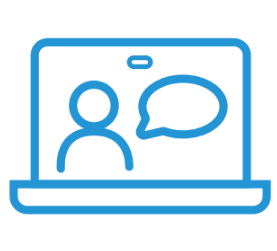
With cameras and big data being more and more a normal part of our world (for better or worse), it only makes sense that we will ultimately think of video like any other type of patient data in healthcare. If we design those systems with patient privacy in mind, this could be a boon to the delivery of valuable health care.
Let us help you develop and launch your own telehealth application.
[kleo_button title=”Contact Us Today” href=”https://webrtc.ventures/contact/” style=”default” size=”” ]
